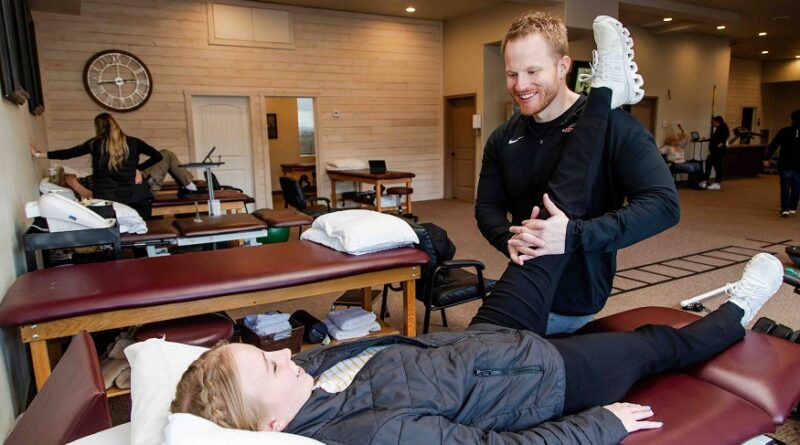Joint Health in Twin Falls: Exploring Non‑Surgical Pain Management Options
Joint pain is a common concern across ages in Twin Falls. While age is certainly a factor, the outdoor lifestyle here, which includes hiking and skiing activities, also causes joint problems among young adults. If you aren’t a fan of popping pills every now and then or want to explore better ways to retain quality of life, you should check for non-surgical pain management options. Clinics like therjcidaho.com offer numerous treatments, which are designed to address common symptoms. Over the years, The Regenerative & Joint Clinic has emerged as one of the preferred places for personalized treatment plans for joint pain in Twin Falls. In this guide, let’s discuss a few such options.
Common Causes of Joint Pain
Aging impacts the knees, hips, and shoulders. Osteoarthritis, for example, is a common concern, and the symptoms are even seen in people who are in their 30s. Pressure on some joints can cause chronic pain, especially in those who work in sectors like farming and construction. There are also other causal factors, including rheumatoid arthritis, outdoor activities and sports injuries, and any impact can strain the knee and ankle joints causing discomfort and persistent pain. So, how to identify joint issues? Here is a quick list:
- Persistent pain in one or more joints
- Swelling, redness around the joint
- Reduced range of motion
- Clicking or popping sounds during movements with pain
- Pain that worsens with active movements
Non‑Surgical Pain Management Treatments
Surgery should always be the final resort to fix joint pain. Some of the treatments that your doctor or healthcare provider can consider include:
- Weight management: Reducing stress on the joints that hold the weight of our body can help with the immediate pain to a large extent. Doctors also recommend a wide range of exercises that are low-impact, such as swimming, stretching, and yoga. A balanced diet is just as important. You can consider including anti‑inflammatory foods and recommended supplements to manage your weight and support cartilage health.
- Platelet‑Rich Plasma (PRP) Therapy: PRP therapy uses the patient’s own blood to get platelets, which are injected into the affected joints. PRP has shown some great results for many patients and is being considered across clinics. If your doctor recommends PRP, they will usually suggest a few injections with breaks in between for best results.
- Cells are harvested and processed, and then stem cells are injected into the affected joints, often in the knees, hips, and shoulders. The procedure is done in the clinic, but there is no downtime. Results are evident with time.
- Trigger Point Injections: Trigger point injections are often used to treat knots in muscles, especially in the neck, back, legs, and shoulders. While TPJs aren’t always used for joint pain alone, doctors may consider the choice when considering other treatments.
Visiting a Joint Pain Clinic in Twin Falls
Before you go to a joint pain clinic, start by writing down your symptoms. How long have you been dealing with symptoms? Do these symptoms worsen with time or certain activities? Have you taken over-the-counter medications? If yes, did those help, or did you need to take more for persistent relief? Make sure you share your medical history and take these notes with you. The treatment plan will be customized, but if you have questions, make sure the healthcare provider answers all of them.
Lastly, choose a clinic for joint pain in Twin Falls that has great reviews and offers a mix of treatment options beyond surgery.

